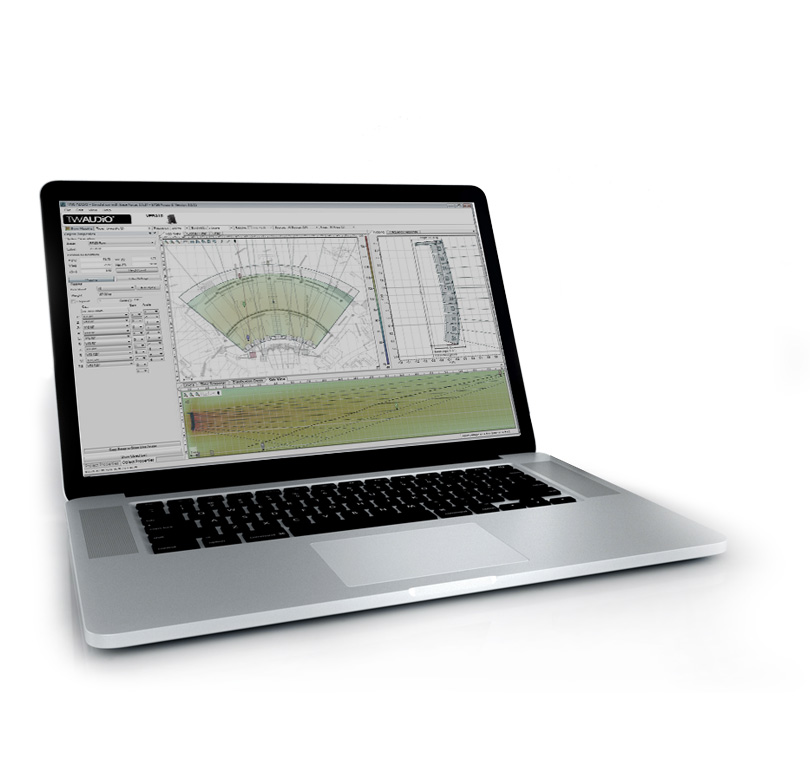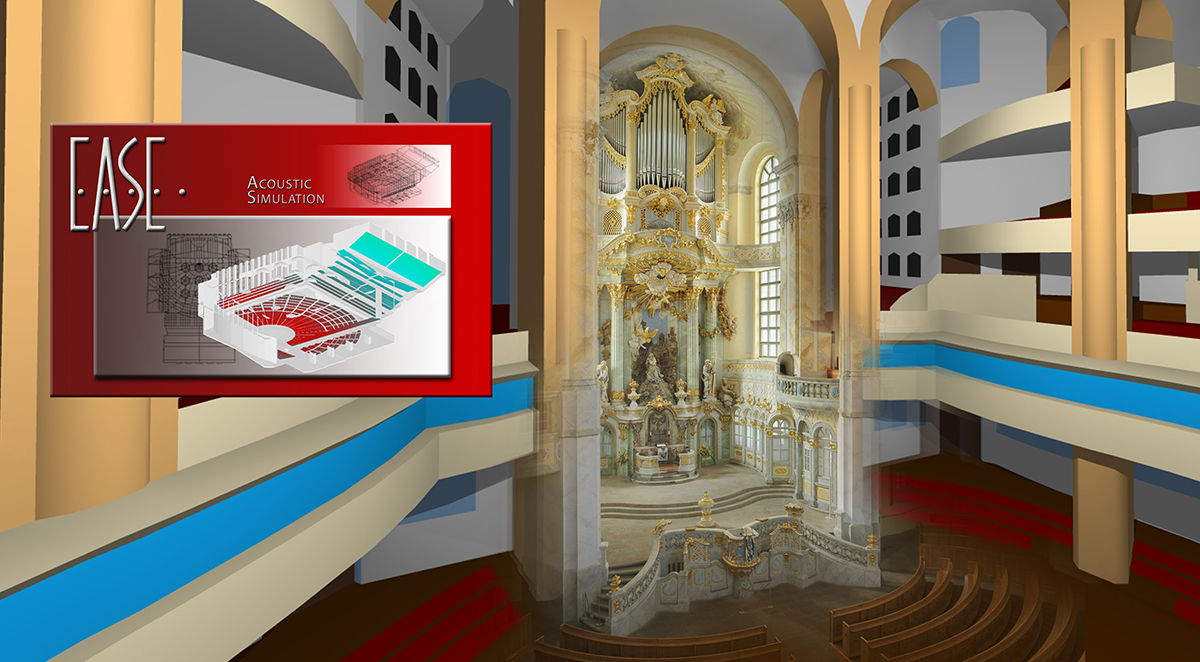

The Software is an acoustic modeling software for line array systems, digitally steered columns and conventional loudspeakers.


AFMG has developed, amongst other programs, and is the sole owner of, the Software EASE Focus Version 3 ("Software").
EASE ACOUSTIC SIMULATION SOFTWARE FREE DOWNLOAD LICENSE
Machinery: Turbomachinery, HVAC, lawn mowers and agricultural machines, exhaust systems.EASE Focus 3 - End User License AgreementĪFMG is a worldwide leader in the development of software for the pro-audio industry. Electronics: Disk drives, cell phones, cameras, LCD projector fans. Consumer Goods: Telephones, hands-free telecommunication, headsets, loudspeakers, hearing aids, musical instruments, washing machines, refrigerators, vacuum cleaners. Automotive: Powertrain, trim design, wind noise, engine components, compressors, intake manifold, air filter, valve cover, baffling, electrical motors, loudspeakers, mufflers, tire noise, silencers, high pressure distribution ducts. Aerospace: Sound transmission through cockpit and fuselage, engine nacelle liners, fuselage and cockpit insulation, ECS (environmental control systems), APU and ECS inlet and outlet silencers, trailing edges, sonars, helicopter turbine noise, random dynamic response of rocket payload at take-off, sonars. Excitation defined by incident acoustic duct modes. Modeling of liners accurately including the flow effects (Myers-Eversman formulation). Visco-thermal elements for modeling thin air layers or thin tubes. Transient CFD followed by acoustic radiation. Plane, spherical and cylindrical wave sources and excitation of ducts by incident plane waves. Heterogeneities such as complex flows and temperature gradients. Modeling active structures with piezoelectric materials. Direct response and modal superposition approaches. Simulation of complex multilayered structures with composites material models. Acoustic propagation and radiation on top of a non-uniform mean flow. Dissipation mechanisms such as viscothermal losses and acoustic absorption. Predicting acoustic absorption by a porous medium. Modeling transmission through flexible walls. Analyzing interior or exterior vehicle acoustics. MSC Software is used for many types of acoustic modeling: It is also easier to couple with structural finite element analysis codes, helping you solve coupled interaction between structures and fluids. The finite and infinite element based technology from MSC Software is intuitive and easy to implement because of the familiar technology of FEA. 
Because of the large domain of the model, it is critical to have efficient solvers and robust technology that can account for the interactions between structures and fluids. To improve the performance of the products, engineers need to understand the roles of noise sources and all the possible transmission paths. Problems identified late in development cycle can lead to costly rework and a delayed product launch. Engineers must also consider the noise regulations that govern their industry, prior to product release. In order for a product to be accepted by customers, manufacturers must pay close attention to its acoustic signature, both for branding purposes and to limit noise pollution. We are surrounded by sounds, some pleasant, and quite a few that are not.








 0 kommentar(er)
0 kommentar(er)
